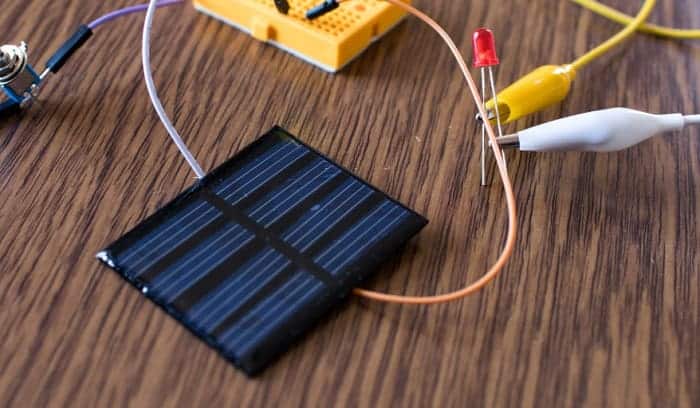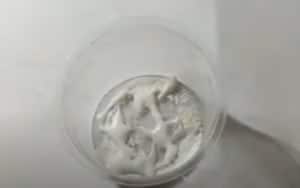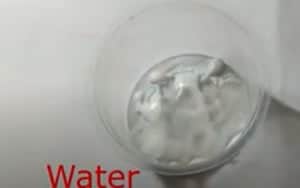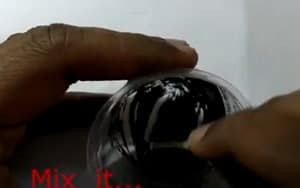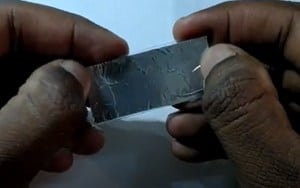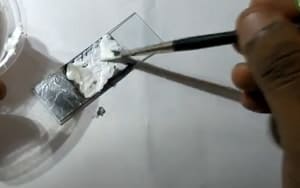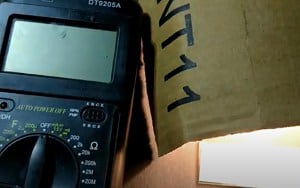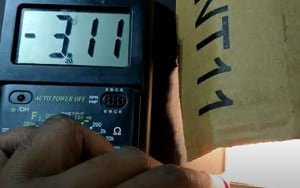In the face of industrialization comes the arising need for resolutions that are sustainable and have less impact on the environment. A list of renewable energy solutions includes harnessing solar, wind, hydro powers as well as from biomass and wastes. Among these alternatives, solar cells or panels emerged to be the most utilized because they can be scaled and reproduced easily.
This article teaches you to create your own solar panel or cell using household items.
Table of Contents
Household Items needed
- Talcum powder – Viable products include those with zinc oxide. Zinc oxide is known to be highly conducive to electron passage. This compound is the closest kind to titanium oxide having the same affinity to electron and bandgap energy requirements
- Face wash – You can use any face wash as long as they have a carbon component. Carbon is known to have outstanding light absorption properties
- Glue – White glue with polyvinyl acetate is preferred. This will create a thin conductive film in the cell.
- Aluminum Foil – Aluminum serves as the reflective panel of the cell, increasing the power generated in summation.
- Glass slides – It serves as protection of cells to environmental factors such as water and dirt. It has also low reflectivity but high transitivity and strength
- Bulb – This item simulates the source of light for power.
- Ammeter – This tool measures the current produced by the set-up.
The process
- Get ready for the materials.
- In a cup, mix equal proportions of powder and glue.
- Add water to the mixture. The ratio added should be enough to create a diluted paste afterwards.
- Mix until a uniform texture is achieved. This will create the thin base film of the cell, allowing conduction of electrons.
- Set this aside for a few minutes.
- In another cup, mix face wash and glue.
- Add water, and then mix, until a consistent paste texture is achieved. This concoction will increase the absorptivity power of the cell.
- Retrieve the glass slide.
- Stick an aluminum foil strip at the top surface. Cover 3/4 part of the glass slide only. Now, you’ll have a reflective panel at hand.
- On a flat surface, apply the facial wash-glue-water mixture on the aluminum foil surface. You can use a brush on this for easier application.
- Blow-dry the applied surface for faster drying.
- On the same surface with facial wash mixture, apply the powder-glue mixture, we set aside, on top of it. Again, you can use a brush for a more convenient application.
- Blow-dry again until the freshly applied mixture is dried up.
- The layers made from these applications will serve as the cell induction paths.
- Once the pastes are dried, cut up two thin strips from the aluminum foil.
- Paste these strips across the applied surfaces. The output should be like the one shown below.
- The set-up should be ready for testing.
- Grab the bulb and the ammeter to begin the evaluation step of the homemade solar cell.
- Light up the bulb in order to simulate the source of solar energy. Allow considerable time for the homemade panel to absorb as much energy for greater efficiency.
- Using the ammeter, place the two probes on the opposite poles of the panel. One is on the aluminum foil surface while the other is the glass. This simulates the anodic and cathodic poles of a solar cell make-up. Below is the set-up guide.
- Ammeter readings should fluctuate temporarily until it settles into one value. This means your homemade panel is working. The higher the readings, the more efficient your panel works for you.
During the manufacturing process, I think you should refer to top solar panels like foldable solar panels, flexible solar panels, and low light solar panels to come up with ideas for your homemade solar panels.
For reference, you can review and check the full-length video through this video:
Conclusion
There are various ways to shift our energy consumption in a renewable way, as well as the options to make it easier for consumers to patronize and carry out. One of these is the homemade solar panels crafted from household items.
In creating one, elements that are considered vital in the chosen household items include (1) zinc or titanium oxide to create conductive path, (2) glass for the base, (3) aluminum acting as the reflective panel, and other ingredients such as (4) carbon to increase absorptivity. To test the set-up, an improvised solar energy source and testing equipment are needed.
With this guide, it is easy to say that we can contribute being environment-conscious in our own little way, provided that we remain knowledgeable and resourceful.

I am Kathleen Miller, staff writer and reviewer of the Avasolar team. Working with the team has been a pleasure for me so far, I hope to bring readers useful information by creating detailed and easy-to-follow contents.

